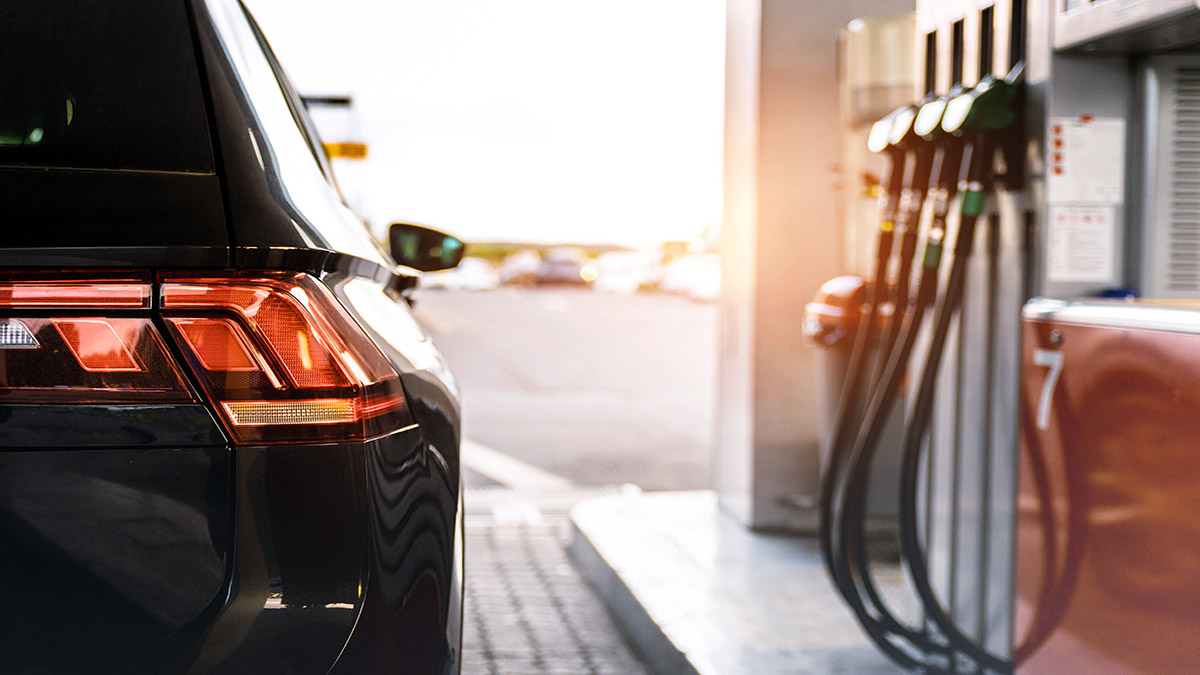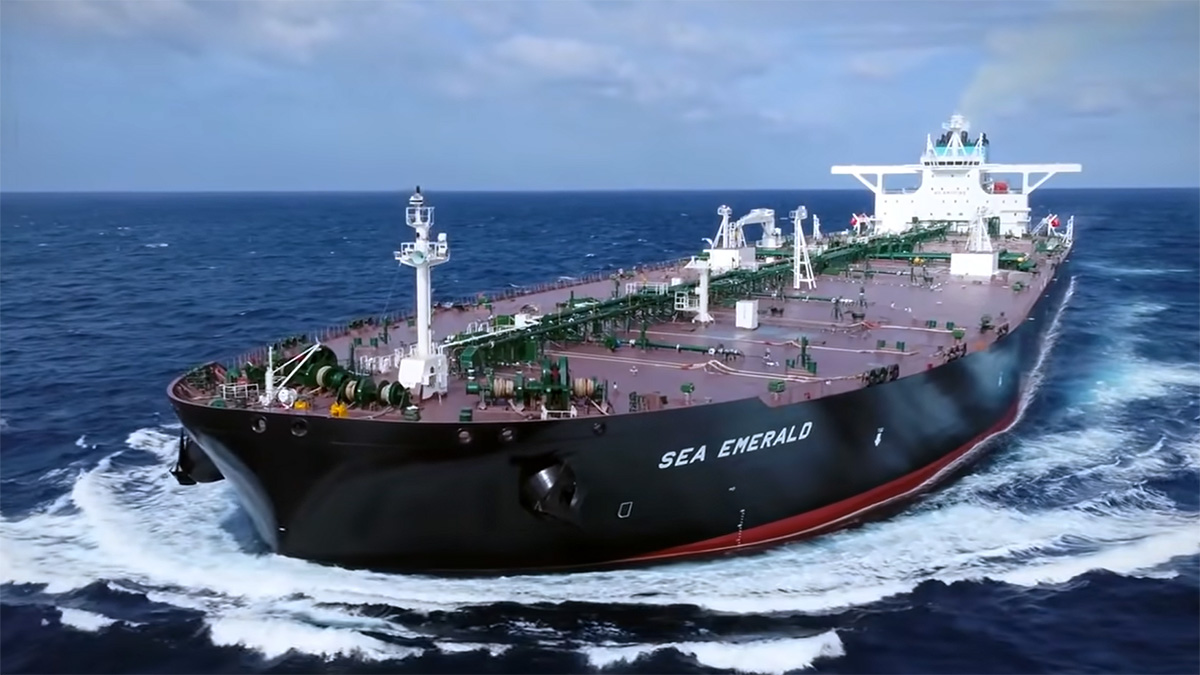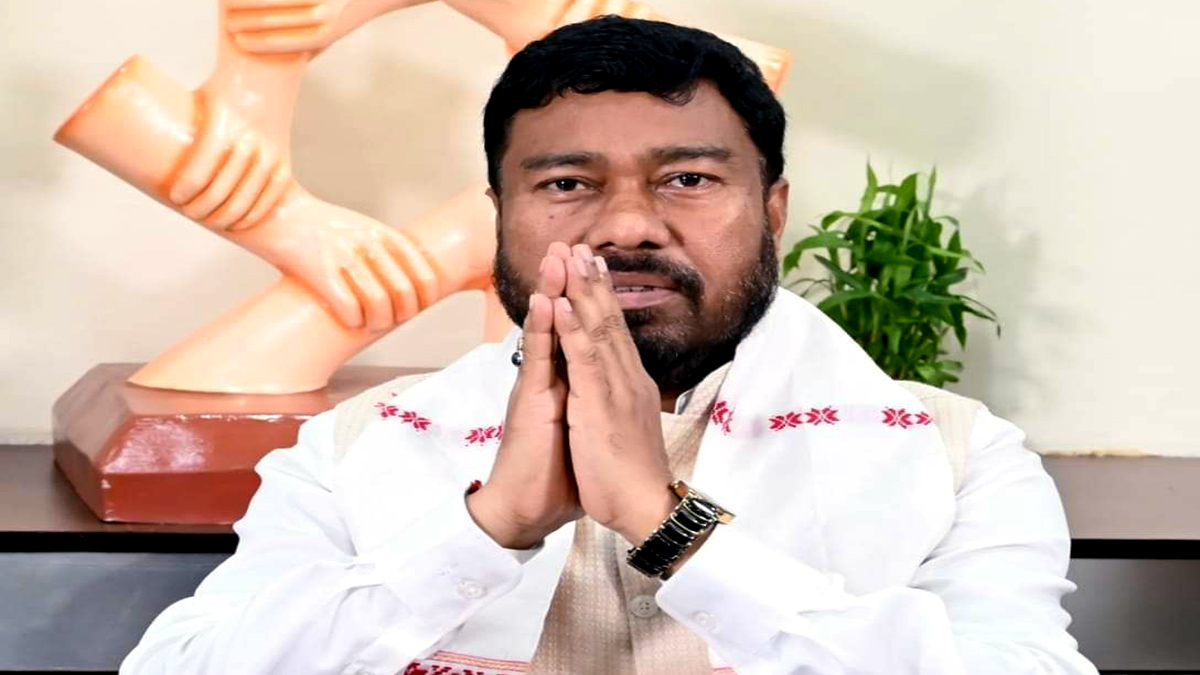Government is all set to walk away with the highest level of excise duty collection from the petroleum sector this year, even as fuel consumers continue to face persistent increase in petrol and diesel prices that has taken the retail prices to historic high levels across the country. In the nine month period of current fiscal ending December 31, 2020, Centre’s excise duty collections from the petroleum sector has already touched Rs 2,35,811 crore-mark, much more than what it got in the full financial year 2019-20. At this pace, collections may well cross Rs 3 lakh crore for the very first time in FY21.
Last fiscal, the Centre received Rs 2,23,057 crore as excise revenue from the petroleum sector. The numbers were even lower at Rs 2,14,369 crore in FY19. Only in FY17, excise collections remained firm at Rs 2,42,691 crore when the government raised excise duty taking advantage of low crude prices.
Higher collections as taxes have come at a time when consumers are facing the brunt of rising fuel prices with sharp increase in retail price of petrol and all through 2021. In fact, petrol price has breached the Rs 100 a litre mark in several parts of the country burning a larger hole in consumers’ pocket.
“It is the heavy load of taxes that has kept the two auto fuel prices at all-time high levels now with the pandemic-affected revenue stream preventing the government from considering a duty cut. But with global oil prices expected to firm up further, a decision may be needed soon on revision of duties as has been done by a few state governments to tame fuel prices,” said an oil industry expert.
Taxes and duties now account for over 60% of the retail price of petrol and over 55% of the retail price of diesel in the capital at current level of pump prices. The taxes component has fallen over the fortnight as the global price of petrol and diesel has also risen in the past few days. Otherwise, taxes were well over 70% of the retail price of petrol till last year.
What the higher level of taxes means is that the bulk of the retail price a common man pays to get fuel is tax and if the government would not have targeted petrol and diesel to raise revenue every time there is a pressing need for it, the fuel prices in India today would have mirrored retail prices prevailing decades ago (in 2003) and closer to what consumers in oil-rich countries in the Gulf pay.
The current state tax (VAT) rate on petrol and diesel has risen to Rs 20.61 and Rs 11.68 per litre, respectively, in Delhi though the state government cut taxes on diesel to bring down the fuel price that had even crossed petrol rates in the national capital. Similarly, the Centre’s decision in May to raise excise duties on petrol and diesel by Rs 10 and Rs 13 per litre, respectively, had taken up the component of this tax on retail prices by Rs 32.90 on petrol and Rs 31.80 per litre on diesel.
So, the total tax component (Central and state in Delhi) is Rs 53.51 a litre on petrol and Rs 43.48 on diesel. Compare this with the base price of the two products today and the tax load becomes clearly visible. The base price of petrol currently is a mere Rs 31.82 a litre and diesel are just Rs 33.46 a litre.
The base price was much lower till late last year meaning that the two products are being heavily milked for revenue at the cost of consumers who are at the receiving end of the pandemic bearing higher prices for both food and fuel. Together with the Central and state taxes, freight, and dealers’ commission, petrol on Wednesday was priced at Rs 90.93 a litre in Delhi while diesel’s current selling price stands at Rs 81.32 a litre.
“Auto fuels comprise 20-30% of revenue of state governments while it forms a significant portion of excise revenue for states. As the fuel is still out of GST, raising duties is easier for both the Centre and states that target the product to raise revenue whenever there is an emergency. But a high set price of fuel also adds inflationary pressure on the economy that would just not be right at this juncture when the country is fighting the coronavirus outbreak,” said an oil sector analyst.
According to analysts Rs 5 per litre increase in retail price of petrol and diesel could add up to 0.5% to retail inflation that stood at 4.06% in January. After maintaining low levels, global oil prices have now risen on supply curbs and on expectation of a demand pick as vaccination picks up pace globally. While oil companies had kept retail prices from falling consistently in August, September and October even though global oil prices remained soft, they have regularly raised the retail prices since then to bring the pump prices closer to all-time high levels now.












